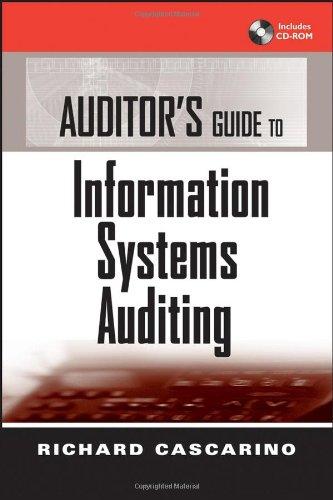Question
In 2009, New York First National Bank acquired New Jersey National Bank. In an exchange, New York First National Bank issued three series of preferred
In 2009, New York First National Bank acquired New Jersey National Bank. In an exchange, New York First National Bank issued three series of preferred stock for New Jersey National Bank's net assets. Series Senior A (the most senior series), was given to four of New Jersey National Bank's creditors so that the debt could then be retired. The four preferred shareholders are listed as follows: two regional banks, one money center bank, and a non-financial corporation.
Senior Series A has a total par value of $20 million, which carries a non-cumulative dividend per the following schedule:
| Year | Annual Dividend |
| 2010 | 7.5% |
| 2011 | 10% |
| 2012 | 12.5% |
| 2013 | 15% |
| 2014 and beyond | 20% |
New York First National Bank did not pay dividends in 2010, 2011, or 2013 however, they will start paying dividends annually at the start of 2014 thus, they will pay 20% on the Senior Series A preferred.
The Senior Series A stock may be called at any given time, at par plus dividends cumulated from January 1, 2010. New York First National Bank estimates that it can float a new issue of 10% non-cumulative preferred stock at par, with issuance costs amounting to $1,000,000. The new issue of preferred would be callable at par plus unpaid dividends.
Should New York First National Bank call in the Senior Series A and issue new preferred? (assume that the Senior Series A would be called effective December 31, 2013.)
Step by Step Solution
There are 3 Steps involved in it
Step: 1

Get Instant Access to Expert-Tailored Solutions
See step-by-step solutions with expert insights and AI powered tools for academic success
Step: 2

Step: 3

Ace Your Homework with AI
Get the answers you need in no time with our AI-driven, step-by-step assistance
Get Started


